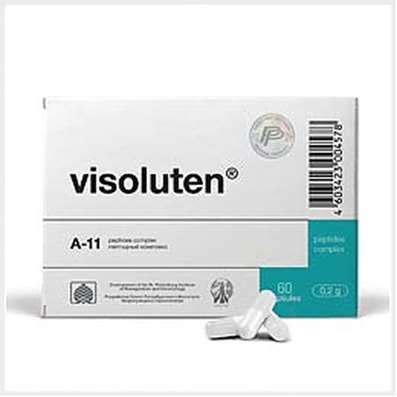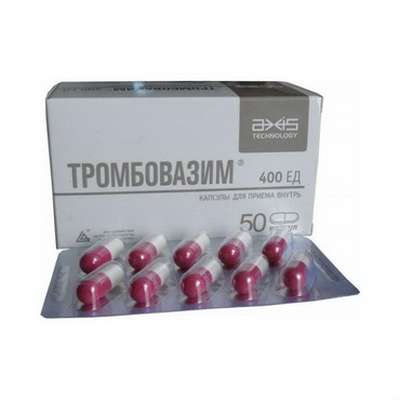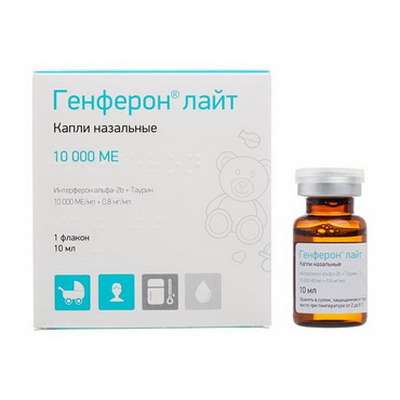Physical and chemical aspects of reception
20 Jan 2017
The communications which are taking part in formation of a complex pharmacological drug — a receptor, form the big force field on the surface of a receptor attracting the drug molecule diffusing in an organism. This effect can be cooperative and pays off on Fick's equation. There are several types of communications which play a role in association pharmacological drug — a receptor:
Valent communication arises between two atoms if they socialize two electrons with anti-parallel backs. Binding energy is carried to a resonance of electrons between atoms. This communication is carried out on small distances 1 — 2 And, and its energy makes 10 — 150 kcal - mol - 1. Such communications form drugs of Hydrargyrum and an arsenic with the enzymes having sulfhydryl groups, alkylnatrii phosphases with a cholinesterase, dibenamin with and receptors of adrenergic systems, as well as alkiliruyushy tsitosgatik.
- Ionic bonds in principle are quite stable. Binding energy makes 5 kcal - mol - 1. They have a certain value for association of pharmacological drugs with receptors.
- Ion-dipolar communications with energy of 2 — 5 kcal - mol - 1 are essential to orientation of pharmacological drug concerning a receptor molecule.
- Hydrogen bonds have energy about 1 — 7 kcal - mol - 1 and participate in association of pharmacological drug in the receptor field.
- Dipole-dipolar communications take part in fixation of pharmacological drug in the receptor field with the energy peer to 1 — 3 kcal - mol - 1.
- Apolyarny van-der-vaalsovy of communication stabilize a complex of pharmacological drug with a receptor. Their binding energy makes 0,2 — 1 kcal - mol - 1.
- Hydrophobic communications are formed at interaction of unpolar medicines in water medium.
Orientation of pharmacological drug in the receptor field happens at an optimum complementarity of partners. It is reached when binding energy more than 10 kcal - mol - 1.
Interaction of the pharmacological agent with a receptor proceeds in three stages: attractions, orientations and bracings. The closer pharmacological drug is concerning a receptor and its receptor field, the larger number of communications takes part, including also van-der-vaalsovy of communication.
If the pharmacological agent acts by means of induction of changes of a configuration of a receptor, then it is necessary to distinguish a part of a molecule which is responsible for communication with a receptor, i.e. for "property" and that part of a molecule which causes conformational changes, i.e. "effectiveness". It allows classifying medicines by the principle of interaction with a receptor:
Agonists — medicinal substances which by means of an attachment to a receptor induce effective configuration change.
Antagonists — medicinal substances which, being attached to a receptor, don't induce effective configuration change.
Incomplete (partial) agonists — medicinal substances which by means of fixing with a receptor can induce effective configuration change, but to a lesser extent than it is induced by agonist.
This determination assumes that the receptor is not only in 2 conformations — "based" and "put", but there is also a number of intermediate forms — "partially put" conformations. The last should be considered as receptor places for a number of the molecules rendering similar pharmacological effect. Please pay attention to Cerluten.
The concept about isoreceptors explains why there is such kind of cellular and organ specificity in a capability of pharmacological medicines to affect the main ways of metabolism in fauna.
As in case of interaction of pharmacological medicine with a receptor the structural complementarity is provided also with the most important physical and chemical properties of medicines which have a direct bearing on a reception problem it is possible to allocate the size of a molecule on which the penetration kinetics through intrakorporalny barriers depends. With increase in a molecule the possibility of change of its geometry and education of van-der-vaalsovykh of communications with the macromolecular partner raises.
The geometry of molecules pharmacological of active medicines has essential value for interaction them with receptors. Molecules exist in various forms of isomerous conformation: optical, geometrical and conformational isomers. In molecular pharmacology the following consistent patterns are determined:
1. In case of low-molecular substances (1.2 dichloraethylene) sterichesky differences of a molecular structure poorly affect features of pharmacological effect of drugs.
#2. The structural and specific effect occurs in case of use of pharmacological agents with a larger molecular weight, such as, mediators of a nervous system (160 — 190). Among them an adrenaline and Acetylcholinum contain 26 atoms, serotonin — 25 atoms, and Noradrenalinum — 23 atoms.
It is established that the conformstion of a molecule of a receptor is more rigid, the difference in operation is stronger than stereoisomers, i.e. difference in operation of stereoisomers depends on in what degree the receptor represents rigid bond.
3. Paramount value for resorption of pharmacological drugs has their solubility in water which testifies not only to a look, but also to the number of polar groups in their molecules.
4. Contrary to it solubility of pharmacological drugs in lipids testifies to smaller polarity of bonds. Between solubility in water and lipids there is an inversely proportional dependence. In particular, the lipid — water is higher than a coefficient, the easier pharmacological drug gets through biological membranes, namely, through their lipide layer. Studying of distribution coefficients, and also physical and chemical aspects of interaction of steroids with biological membranes allows to make the conclusion about the hydrophobic nature of influence of steroids and curariform agents.
There was an attempt of creation of model of interaction of Acetylcholinum and its analogs with receptors, interaction of organic ions quarternary the ammoniynykh of the bases with mesh structures of polyelectrolytes is studied and the conclusion is made that larger energy of interaction or hydrophobic effect can be the reason of high specificity. Further specification of the factors influencing interaction of a holinoretseptor with Acetylcholinum or the quarternary ammoniyny bases in the conditions of creation of experimental models, perhaps by means of the thermodynamic analysis.
In recent years for complex formation assessment between pharmacological drugs and receptors the research of electron structure of pharmacological drugs became very popular. Among them some antibiotics, steroids, sulfanylamide drugs, etc. are studied.
Thus, a research of physical and chemical properties of molecules of pharmacological drugs — a necessary stage in assessment of their complex formation with receptors.

 Cart
Cart





